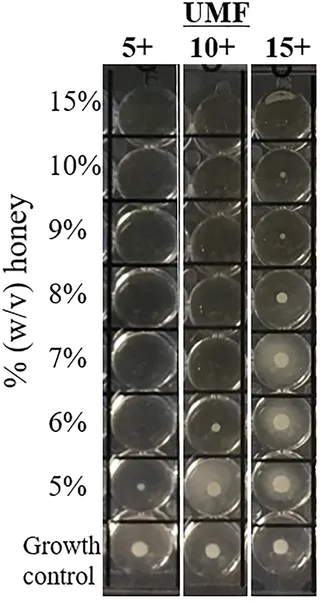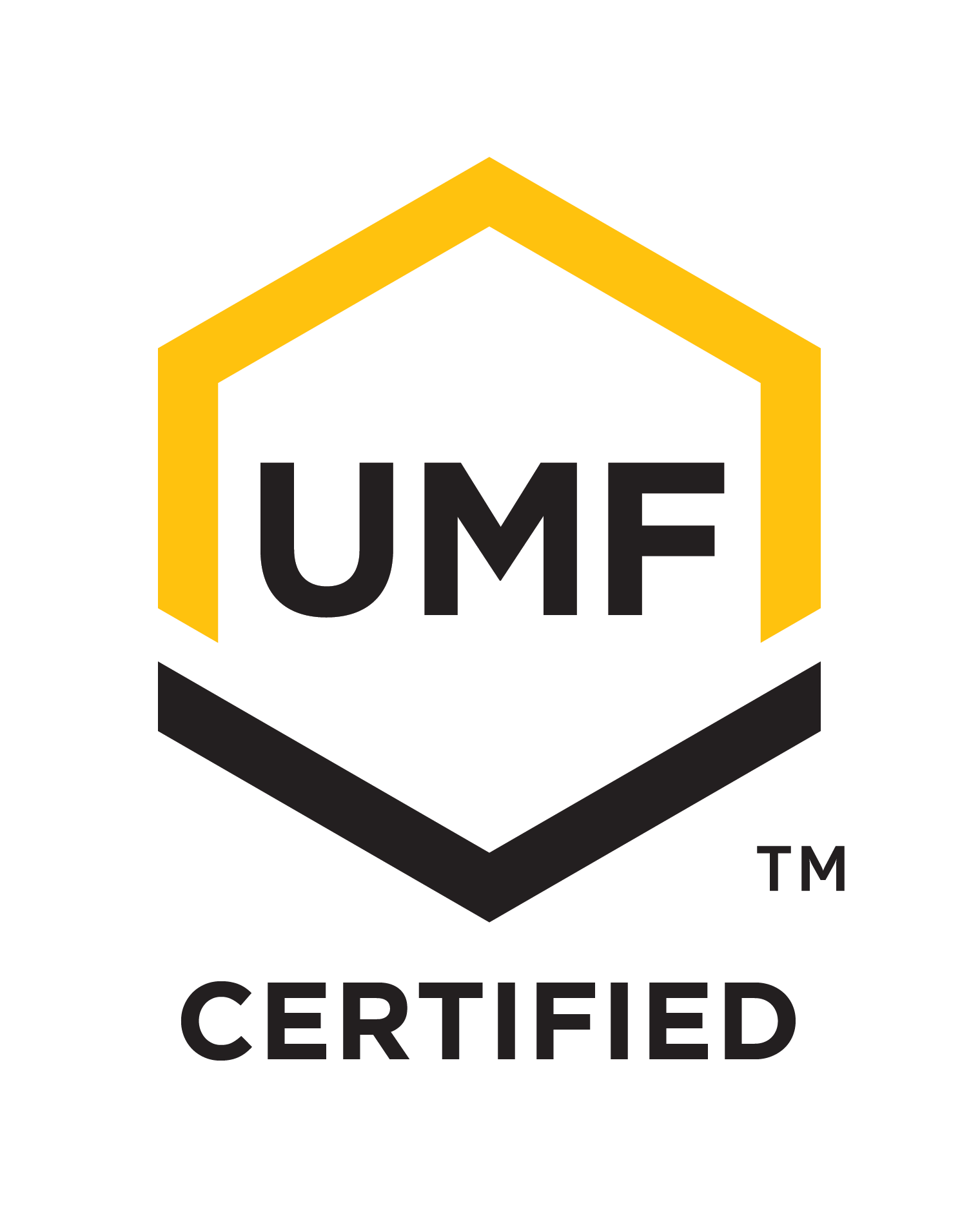
Antibacterial activity of varying UMF-graded Manuka honeys | PLOS ONE
External linkHoney has been used as a traditional remedy for skin and soft tissue infections due to its ability to promote wound healing. Manuka honey is recognized for its unusually abundant content of the antibacterial compound, methylglyoxal (MGO). The Unique Manuka Factor (UMF) grading system reflects the MGO concentration in Manuka honey sold commercially. Our objective was to observe if UMF values correlated with the antibacterial activity of Manuka honey against a variety of pathogens purchased over the counter. The antibacterial effect of Manuka honey with UMF values of 5+, 10+, and 15+ from the same manufacturer was assessed by the broth microdilution method. Minimum inhibitory concentration (MIC) values were determined against 128 isolates from wound cultures representing gram-positive, gram-negative, drug-susceptible, and multi-drug resistant (MDR) organisms. Lower MICs were observed with UMF 5+ honey for staphylococci (n = 73, including 25 methicillin-resistant S. aureus) and Pseudomonas aeruginosa (n = 22, including 10 MDR) compared to UMF 10+ honey (p<0.05) and with UMF 10+ compared to UMF 15+ (p = 0.01). For Enterobacteriaceae (n = 33, including 14 MDR), MIC values were significantly lower for UMF 5+ or UMF 10+ compared to UMF 15+ honey (p<0.01). MIC50 for UMF 5+, UMF 10+, and UMF 15+ honey against staphylococci was 6%, 7%, and 15%, and for Enterobacteriaceae was 21%, 21%, and 27%, respectively. For Pseudomonas aeruginosa MIC50 was 21% and MIC90 was 21–27% for all UMFs. Manuka honey exhibited antimicrobial activity against a spectrum of organisms including those with multi-drug resistance, with more potent activity overall against gram-positive than gram-negative bacteria. Manuka honey with lower UMF values, in our limited sampling, paradoxically demonstrated increased antimicrobial activity among the limited samples tested, presumably due to changes in MGO content of honey over time. The UMF value by itself may not be a reliable indicator of antibacterial effect.
